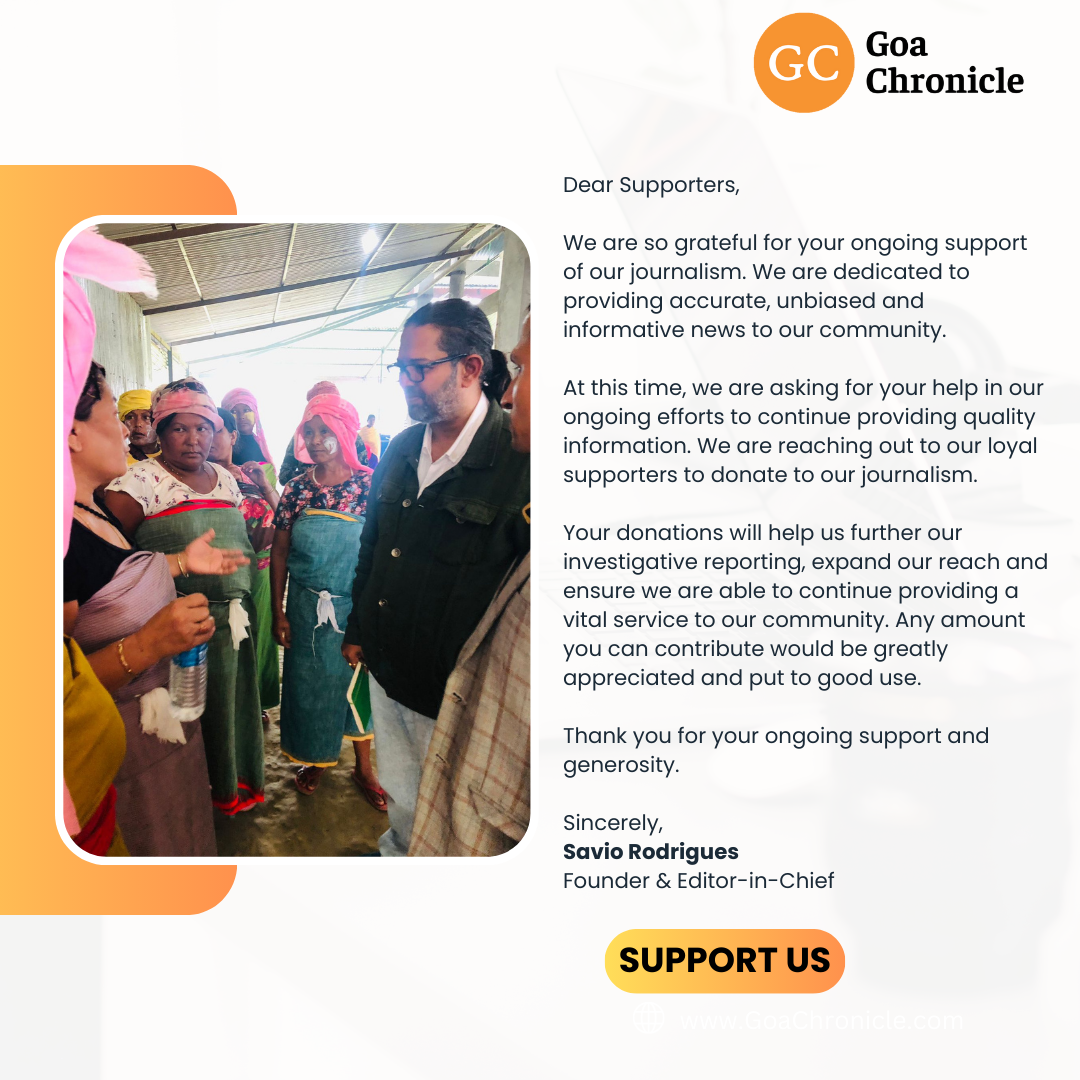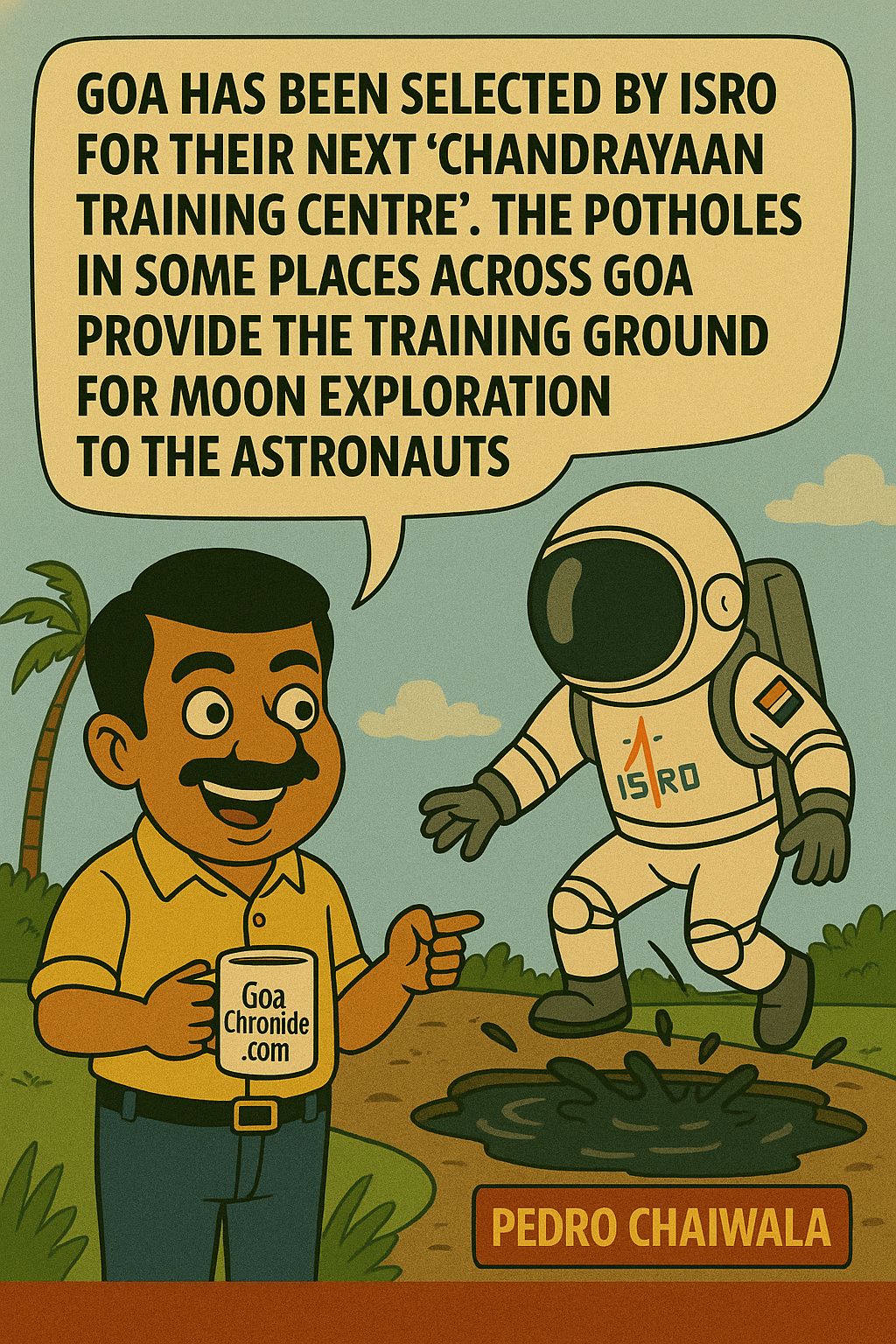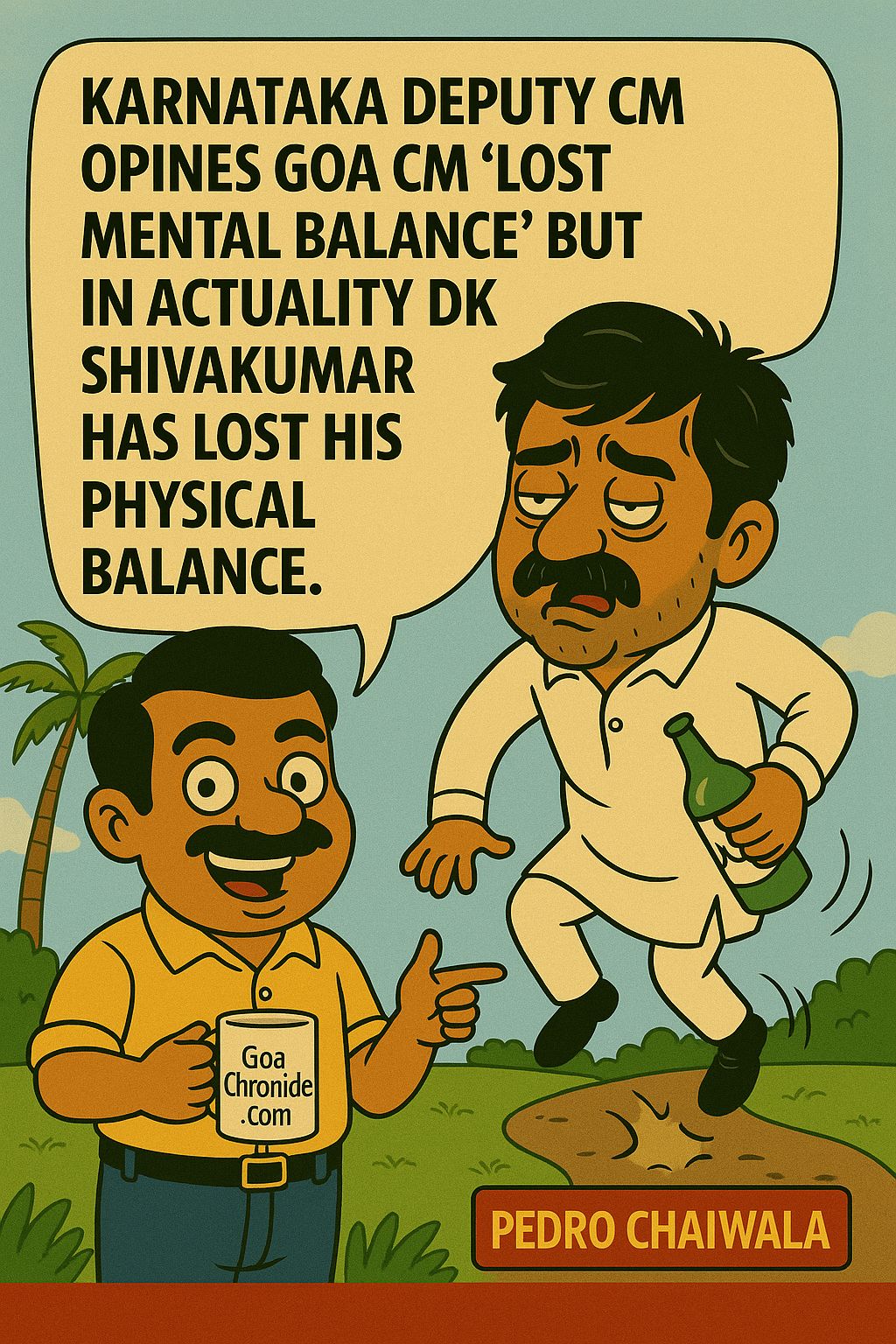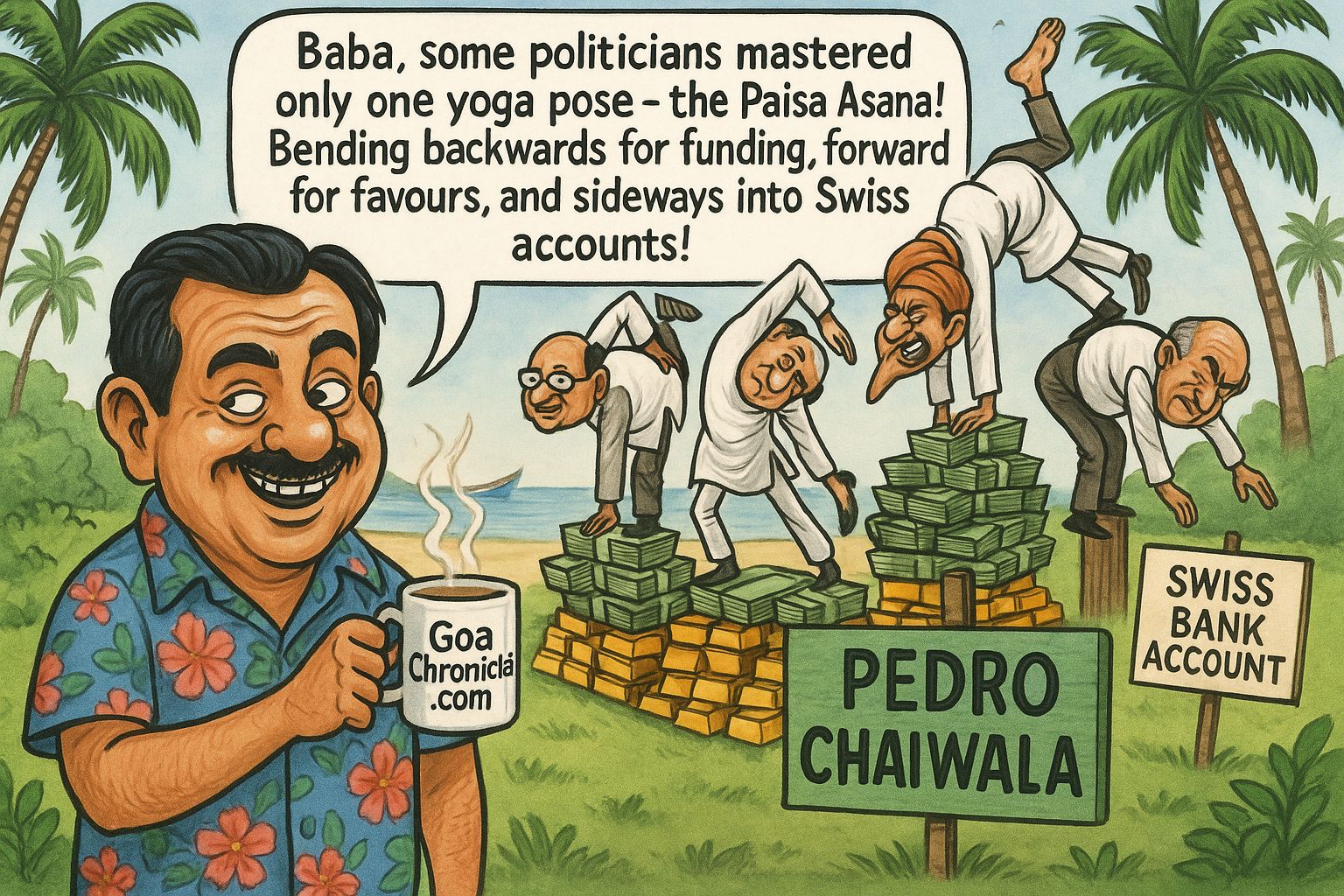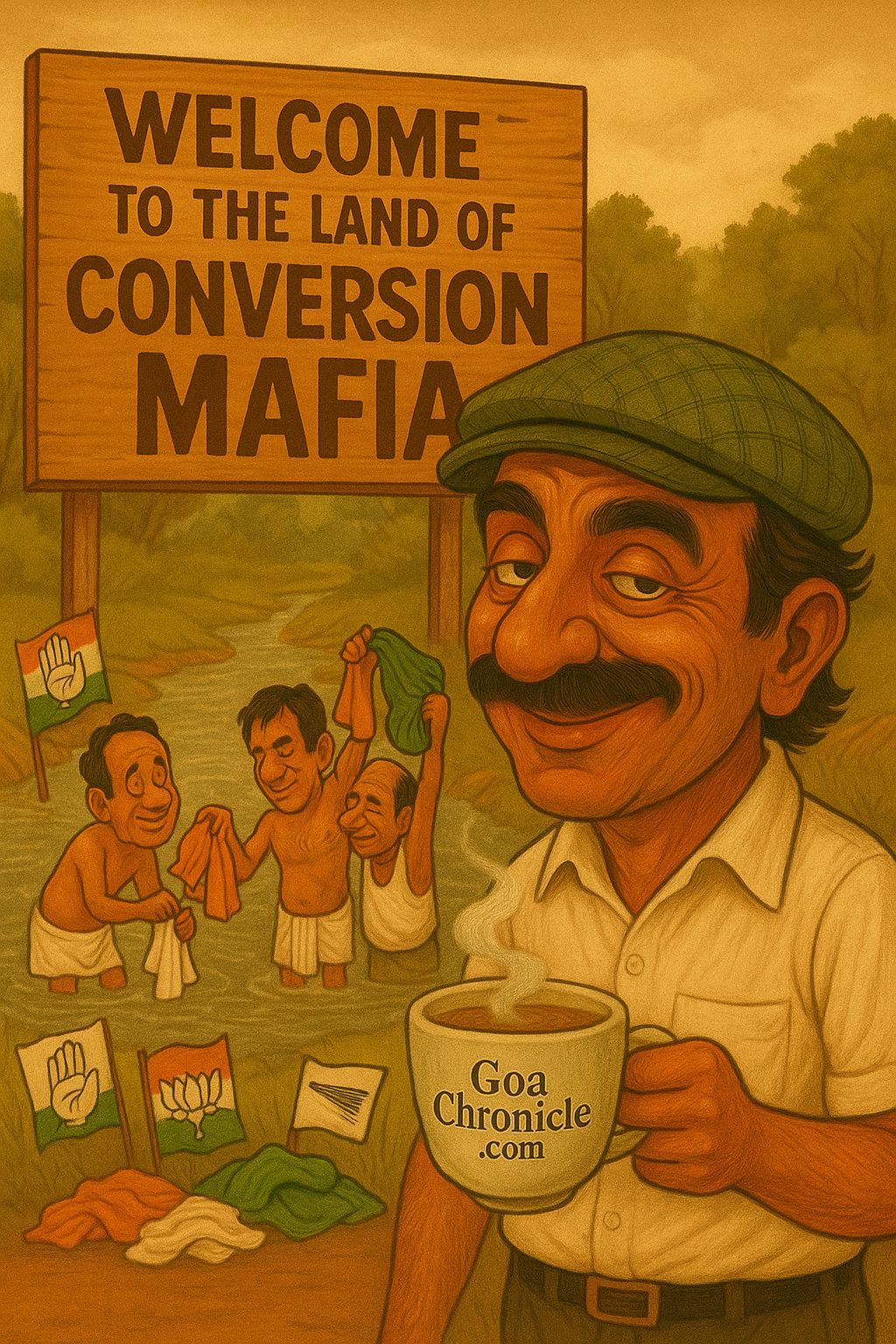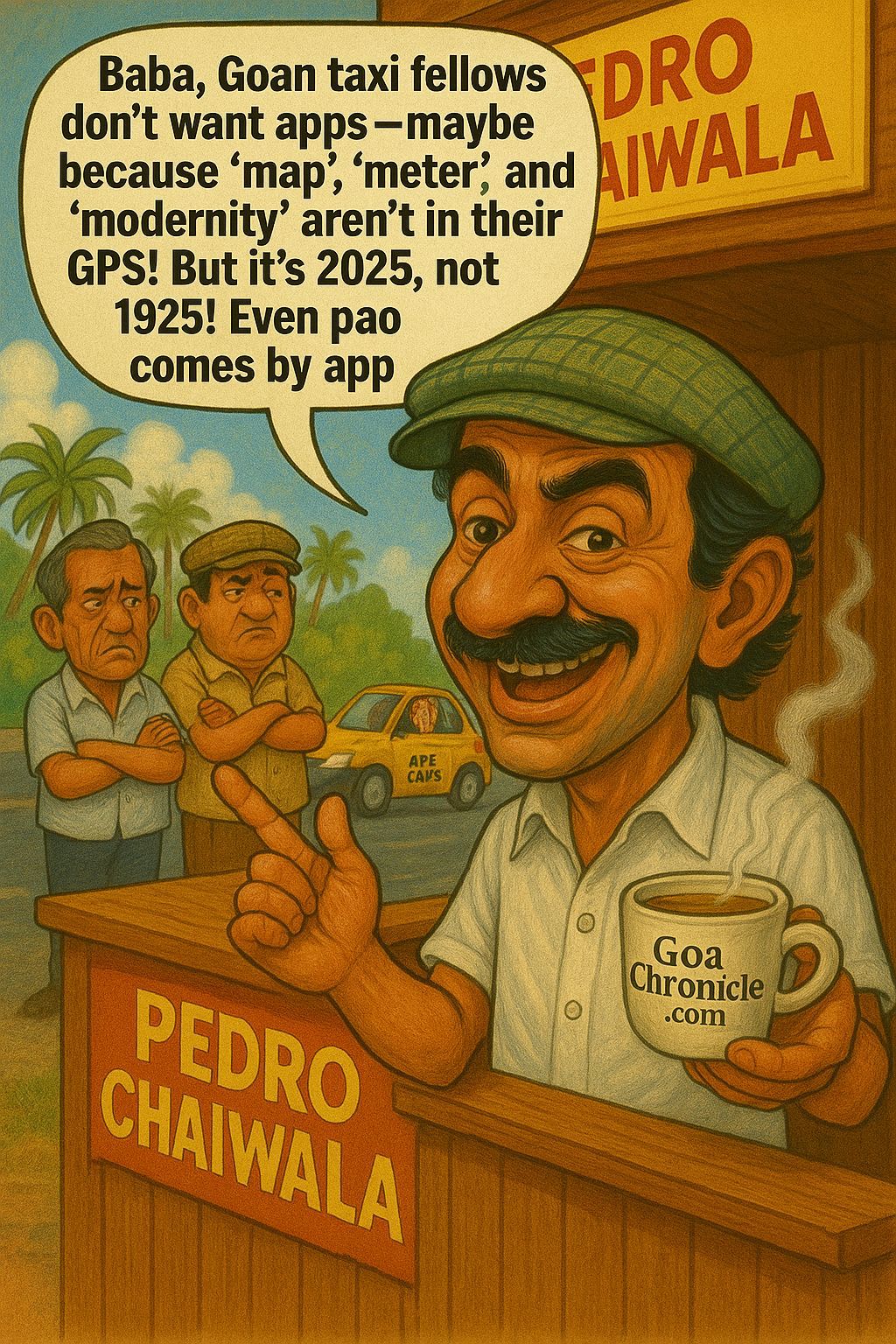A Land Between Mountains and Empires
Ladakh is India’s sentinel on the roof of the world. A high desert where geography dictates destiny. For centuries, it was less a hinterland than a corridor. Caravans carried silk and salt, monks brought Buddhism from Nalanda to Tibet, and armies trudged through its icy passes in pursuit of empires.
When Independence came, Ladakh’s value was not in numbers but in its location, a fortress guarding India’s borders against China and Pakistan.
The Chinese Factor
The faultlines sharpened when China marched into Tibet in 1950. Suddenly, Ladakh ceased to be a buffer; it became a frontline. India’s unpreparedness culminated in the 1962 war, when Chinese troops poured across Aksai Chin. That scar remains unhealed.
A retired Ladakhi official in Leh recalls, “My father still remembers how our men fled with nothing but blankets. The Chinese never left Aksai Chin. For us, 1962 never ended.”
Even today, Beijing’s maps mark Ladakh’s eastern stretches as Chinese territory. Every incursion, from Depsang to Pangong Tso to Galwan, reminds New Delhi that Ladakh remains contested ground.
The Kargil Reminder
If 1962 was a lesson in China’s aggression, 1999 was Pakistan’s gamble. Kargil, technically within Ladakh’s boundaries, saw Pakistani intruders occupy heights that threatened the Srinagar–Leh highway, India’s lifeline to the frontier.
I still recall the words of a young officer I met after the war, “Sir, we fought not just for the peaks, but for the road that kept Ladakh alive. If we had lost NH-1, Ladakh itself could have been lost.”
The victory at Kargil reaffirmed Ladakh’s centrality in India’s strategic imagination. Yet paradoxically, locals often felt peripheral, celebrated in war, ignored in peace.
2019: The Reorganisation Earthquake
That sense of marginalisation shifted dramatically in August 2019, when the Government of India reorganised Jammu & Kashmir. Ladakh was carved out as a separate Union Territory, a long-standing demand of many Ladakhis who felt overshadowed by Srinagar’s politics.
The announcement was greeted with jubilation. Buddhist monks in Leh rang bells and lit lamps, celebrating what they believed was long-overdue recognition. Yet the honeymoon was short. UT status came without a legislature and without constitutional safeguards under the Sixth Schedule. Fears began to grow: would outsiders flood in to buy land, diluting culture? Would Ladakh’s fragile environment survive unchecked development projects?
Sonam Wangchuk’s Gambit
It is in this climate that Sonam Wangchuk, innovator, educator, and now political agitator, emerged as the face of Ladakh’s demands.
Famed for his Ice Stupa innovation and his alternative education models, Wangchuk initially earned admiration as a problem-solver. But his trajectory reveals more than grassroots ingenuity; it reveals global networks, political patronage, and carefully built mythologies.
The Global Connection
Wangchuk’s marriage to Rebecca Norman, an American citizen educated at Harvard and the School for International Training, marked a turning point. The latter is closely tied to the U.S. State Department and funded by the Ford Foundation, Open Society Foundation, and Gates Foundation, organisations known for shaping narratives in developing countries. Rebecca herself is politically aligned with the U.S. Democratic Party.
After this, Wangchuk’s international profile soared. In 2002, he was awarded the Ashoka Fellowship, funded by the Skoll and Rockefeller foundations. This was followed by a cascade of global recognition, each award widening his circle of influence.
Patronage at Home
The Congress era proved especially fruitful. In 2004, when Manmohan Singh became Prime Minister, Wangchuk’s domestic profile rose sharply :
– 2005: Member of the Drafting Committee for the Ladakh Vision 2025 Document, launched by Singh himself.
– 2005: Inducted into the National Governing Council for Elementary Education under the Ministry of Human Resources.
– Served as Education Advisor for a Danish NGO, cementing international institutional links.
By 2008, when the Congress signed a controversial MoU with China, Wangchuk’s voice had become prominent in policy spaces concerning Ladakh, raising questions about the convergence of politics, international linkages, and border sensitivities.
Media-Made Legend
Public perception of Wangchuk was sealed by Bollywood. The character of Phunsukh Wangdu in 3 Idiots was popularly linked to him, though Chetan Bhagat has clarified that his novel Five Point Someone was not based on Wangchuk. The media manufactured the connection, gifting him an aura of genius and rebellion that became hard to separate from reality.
Global Awards and Networks
From 2016 onwards, his global profile hit new highs:
– 2016: Fred M. Packard Award
– 2017: TN Khoshoo Memorial Award
– 2018: Ramon Magsaysay Award
Each accolade cemented his reputation while tying him closer to organisations like the Ford Foundation, long accused of meddling in India’s internal affairs. Simultaneously, his involvement with foreign-funded groups such as LEAD India and the International Association for Ladakh Studies raised concerns. Even the Ice Stupa project, once celebrated, drew local criticism for being ecologically unsustainable.
The Political Turn
In recent years, Wangchuk has moved from innovator to agitator. He has openly called for halting Army infrastructure projects in Ladakh, citing climate concerns, a position many view as strategically reckless in a region staring down Chinese expansionism.
His NGO’s FCRA licence was cancelled, citing compliance issues, feeding suspicions of foreign influence. His hobnobbing with Congress leaders and Bangladeshi supremo Mohammad Yunus, and an NDTV interview where he appeared to shield Congress leaders even as FIRs named them, have further eroded his image of neutrality.
Most significantly, his rhetoric has grown more globalised, and more alarming. In 2019, he warned of an “Arab Spring–type movement” if Ladakhi aspirations were ignored. More recently, he has urged Ladakhi youth toward a “Gen Z–style movement,” citing Nepal’s protests that rattled entrenched political elites. Such metaphors are not innocent: the Arab Spring toppled governments, and Nepal’s Gen Z protests forced major political upheaval.
As one professional in Kargil observed, “We admired Wangchuk for his ice stupas and schools. But when we hear talk of Arab Spring and Gen Z revolutions, see foreign funding issues, and then watch him cover for politicians on national TV, we wonder: is he speaking for Ladakh, or for someone’s agenda?”
Flames of Arson
Events have taken a darker turn with reports of a Congress councillor allegedly instigating arson. In a region where ecological fragility is daily reality, flames are more than destruction, they are symbols of chaos.
A monk from Hemis monastery expressed sorrow, “This is not our way. Fire belongs in butter lamps, not in our streets.”
A Press Conference Turns into a Flashpoint
On September 23 in Leh, during a Congress press conference, tensions reached a dangerous inflection point. The BJP alleges, citing photos and video clips, that Congress councillor Phuntsog Stanzin Tsepag urged demonstrators to target the BJP office and instigated stone-pelting. Police have since registered an FIR naming Tsepag in connection with the mob violence and the office’s arson.
For many Ladakhis, this symbolised the dangerous slide from peaceful protest to orchestrated violence.
The Deep State Playbook
The pattern is textbook:
- Trigger an emotional symbol. The arrest or hunger strike of a respected figure like Wangchuk.
- Fuel unrest locally. Councillors incite mobs, sparks fly.
- Amplify globally. Headlines scream “Ladakh burns,” NGOs issue statements, hashtags trend.
- Box Delhi in. Restraint looks weak, firmness looks repressive.
A Ladakhi student at Delhi University put it crisply, “They want Ladakh to be the new Kashmir. That is the script.”
Why Ladakh Matters
– Strategic Location: Overlooking Aksai Chin, Siachen, and the CPEC corridor.
– Resource Wealth: Uranium, rare earths, and minerals vital to the energy transition.
– Water Towers: Glaciers feeding the Indus sustain millions downstream.
– Military Posture: Home to airstrips and bases that project India’s Himalayan power.
An unstable Ladakh weakens India, emboldens China, and offers Pakistan a narrative.
Navigating the Crisis
The government’s path is narrow but clear.
- Engage Credible Leaders: Dialogue with monks, imams, elders, not just Wangchuk.
- Isolate Instigators: Hold accountable those who light flames.
- Reclaim the Narrative: Let Ladakh’s voices, not foreign NGOs, tell the story.
- Safeguard Ecology and Culture: Provide protections without weakening sovereignty.
Conclusion: A Sentinel’s Cry
Ladakh’s mountains are more than rocks and snow; they are silent witnesses to caravans, conquests, and conflicts. Today, they watch as their people cry for dignity while external forces circle like vultures.
Sonam Wangchuk’s rhetoric of martyrdom, his Arab Spring and Gen Z metaphors, his foreign networks, and his perceived shielding of Congress leaders, all these cast shadows on Ladakh’s agitation. Coupled with political incitement and international amplification, they threaten to turn Ladakh from sentinel into faultline.
Handled poorly, Ladakh could become a strategic wound. Handled wisely, it can remain India’s proud frontier, secure yet respected, integrated yet distinct.
The Indian State will not bow to sinister foreign forces. It will take the people of Ladakh along, that is the way forward for a thriving democracy. Jai Hind.
DISCLAIMER: This article reflects author’s view point. Goa Chronicle may or may not subscribe to views of the author





